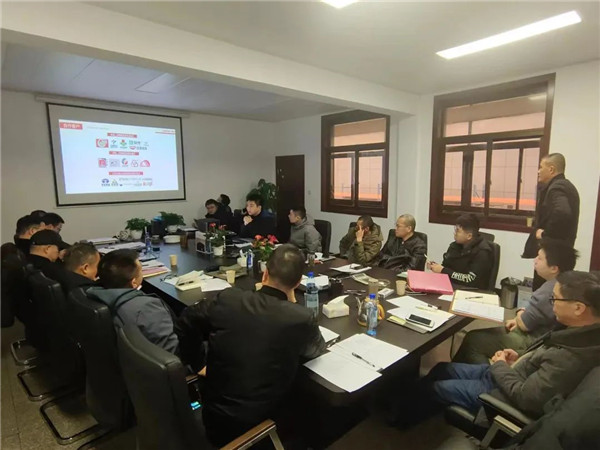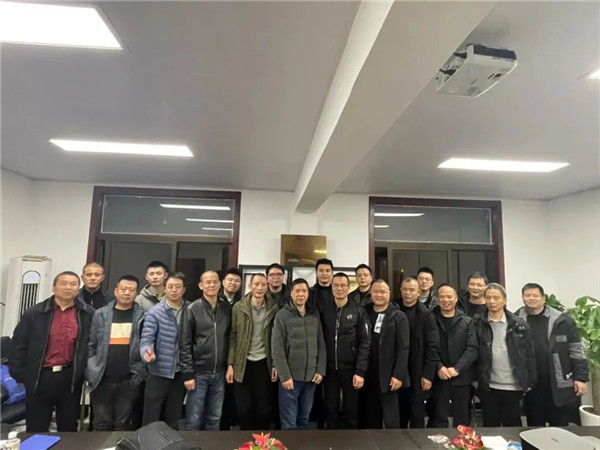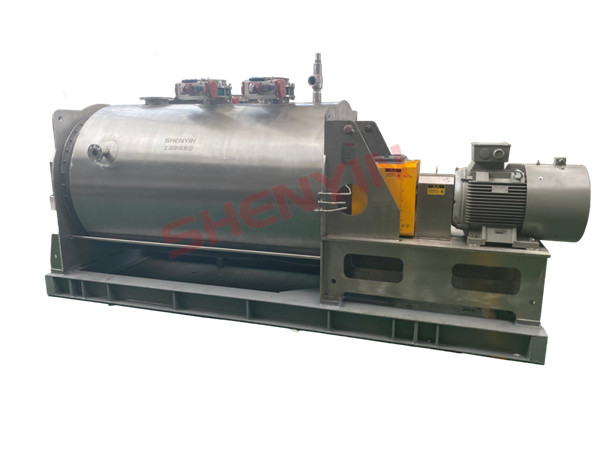What is the difference between a ribbon blender and a V-blender?
1. Working principle and structural characteristics
The ribbon mixer adopts a horizontal cylinder structure with a ribbon stirring paddle inside. When working, the stirring paddle rotates under the drive of the drive device, pushing the material to move axially and radially, forming a complex motion trajectory. This structural feature makes the material simultaneously subjected to three mixing effects of shear, convection and diffusion during the mixing process, which is particularly suitable for the mixing of viscous materials.
The V-type mixer adopts a unique V-shaped container design, and the container rotates around its symmetry axis. During the rotation process, the materials are continuously separated and converged under the action of gravity to form convection mixing. This mixing method mainly relies on the free movement of materials, and the mixing intensity is relatively small, but it can effectively avoid material agglomeration.
2. Performance characteristics comparison
Mixing uniformity is an important indicator to measure the performance of mixing equipment. With its forced mixing characteristics, the ribbon mixer can achieve higher mixing uniformity, usually reaching more than 95%. The V-type mixer relies on gravity mixing, and the uniformity is generally around 90%, but it has a better protective effect on fragile materials.
In terms of mixing efficiency, the ribbon mixer usually takes 10-30 minutes to complete the mixing of a batch of materials, while the V-type mixer takes 30-60 minutes. This difference is mainly due to the different mixing mechanisms of the two. The forced mixing method of the ribbon mixer can achieve uniform distribution of materials faster.
In terms of cleaning and maintenance, the V-type mixer is more convenient to clean due to its simple structure. The internal structure of the ribbon mixer is complex and it is difficult to clean, but modern equipment is mostly equipped with a CIP cleaning system, which can effectively solve this problem.


3. Scope of application and selection suggestions
Screw-belt mixers are widely used in chemical, food, pharmaceutical and other industries, especially for mixing high-viscosity materials, such as slurries and pastes. V-type mixers are more suitable for mixing materials with good fluidity, such as powders and particles, and are widely used in the pharmaceutical and food industries.
When selecting equipment, it is necessary to focus on material characteristics, production scale and process requirements. For materials with high viscosity and high uniformity requirements, it is recommended to choose a screw-belt mixer; for fragile and fluid materials, a V-type mixer is a better choice. At the same time, the production scale must also be considered. Large-scale continuous production is more suitable for the use of screw-belt mixers, while small-batch multi-variety production is more suitable for V-type mixers.
With the advancement of industrial technology, both types of mixing equipment are developing towards intelligence and efficiency. In the future, equipment selection will pay more attention to energy efficiency and intelligent control to meet the refined requirements of modern industrial production. When choosing mixing equipment, enterprises should fully consider their own production characteristics and future development directions and choose the most suitable mixing equipment.

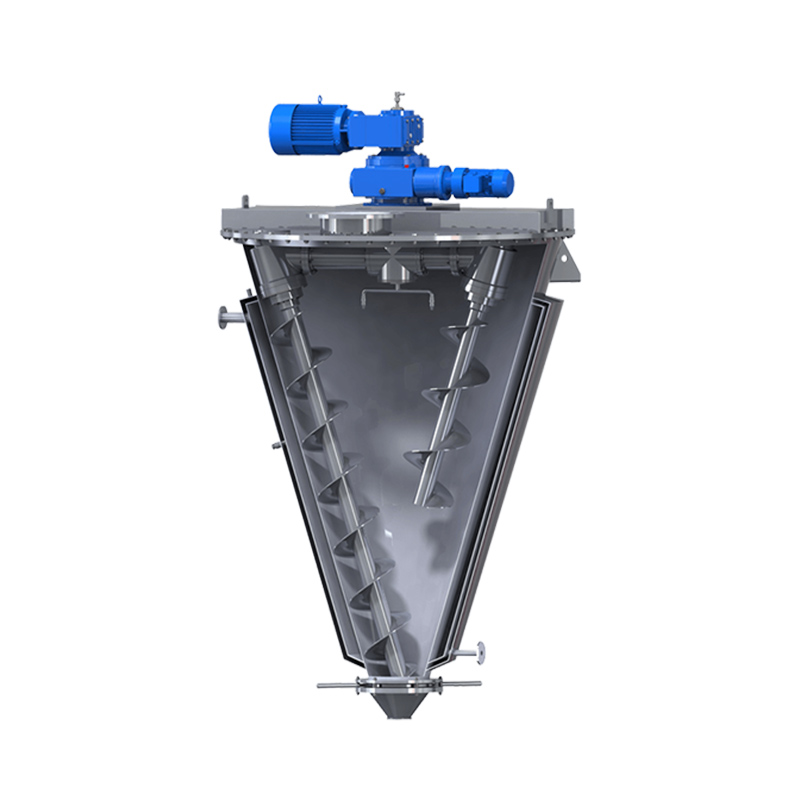 Conical Screw Mixer
Conical Screw Mixer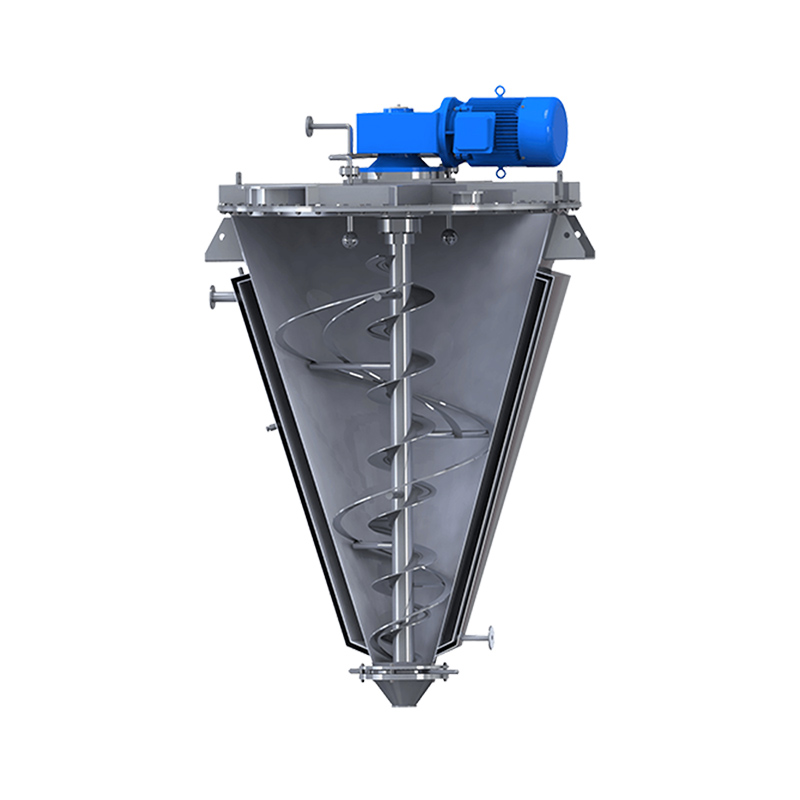 Conical Screw Belt Mixer
Conical Screw Belt Mixer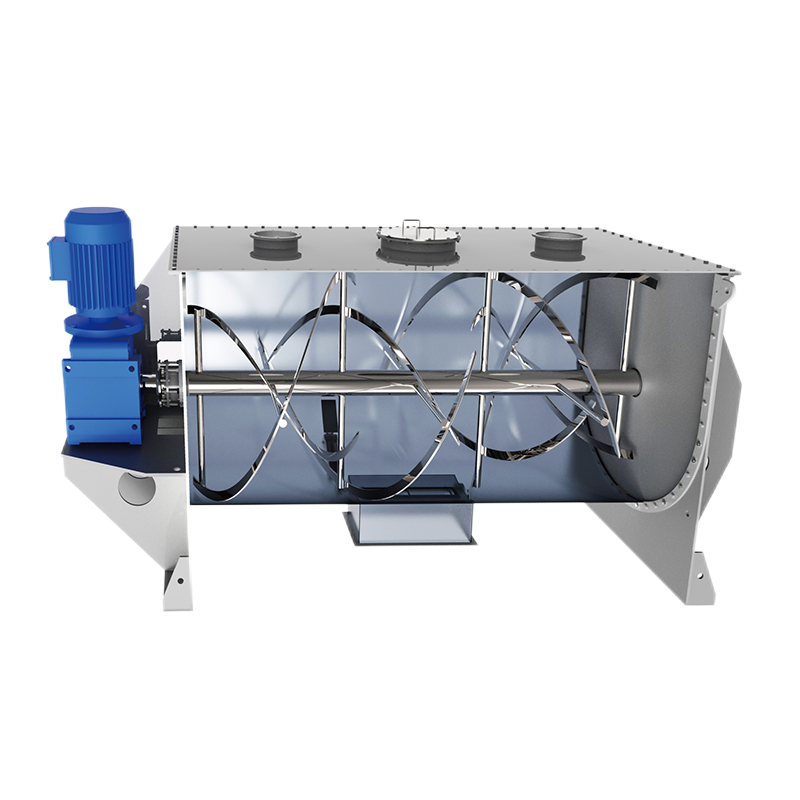 Ribbon Blender
Ribbon Blender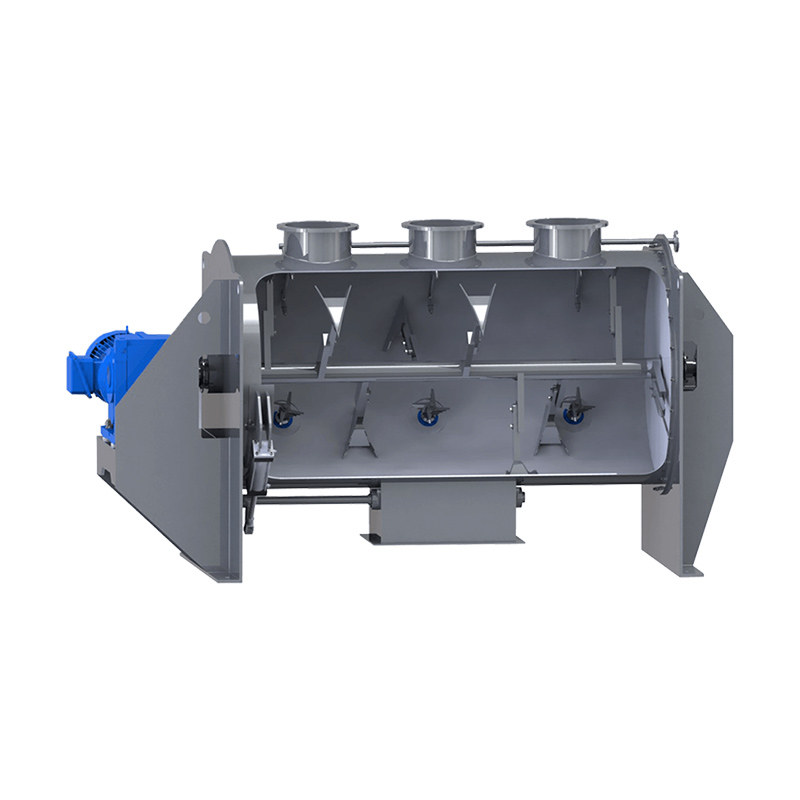 Plough-shear Mixer
Plough-shear Mixer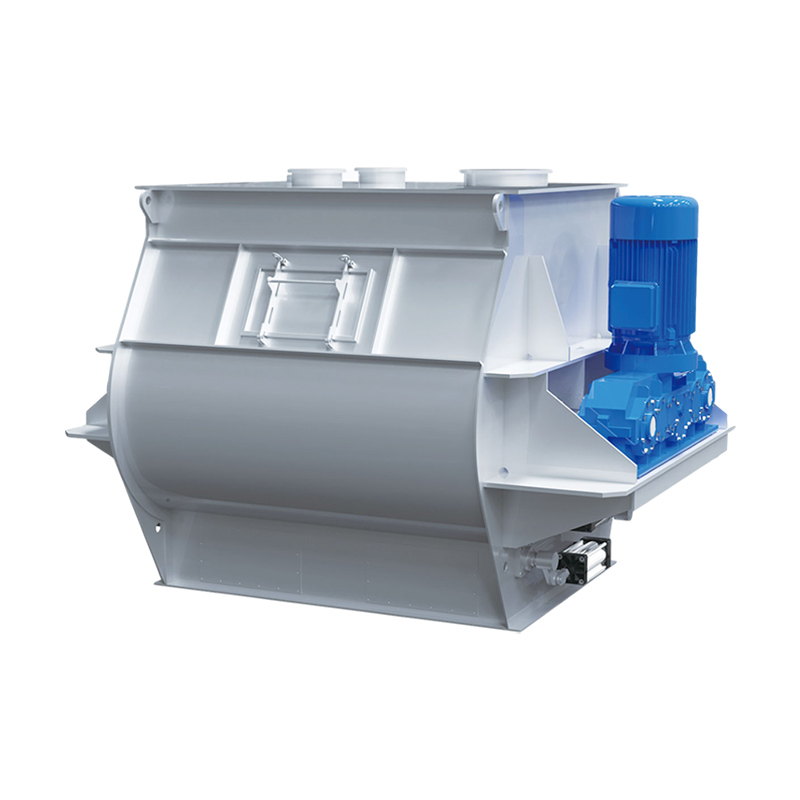 Double Shaft Paddle Mixer
Double Shaft Paddle Mixer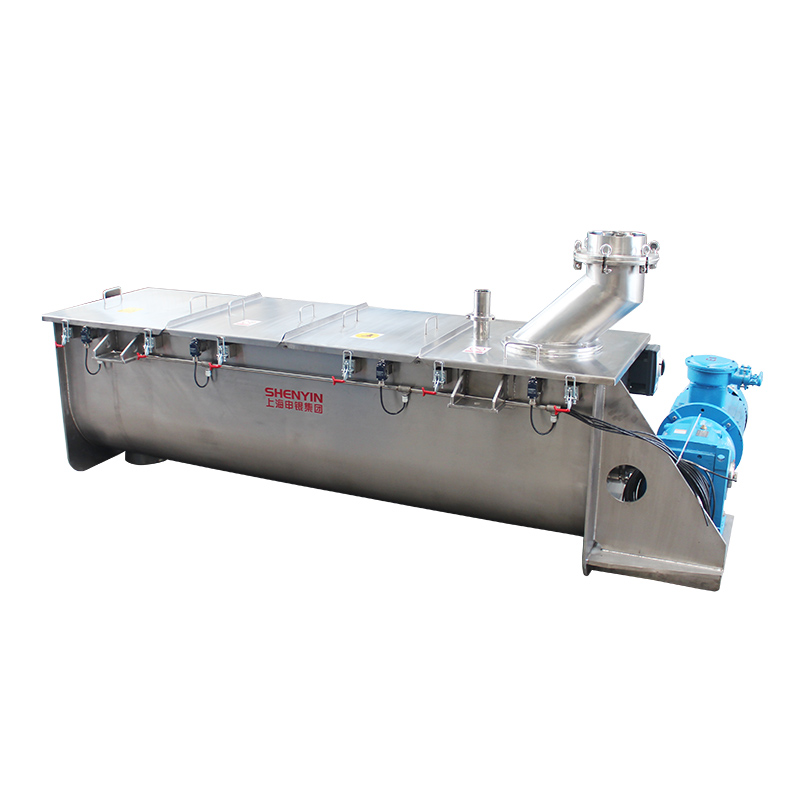 CM Series Mixer
CM Series Mixer




